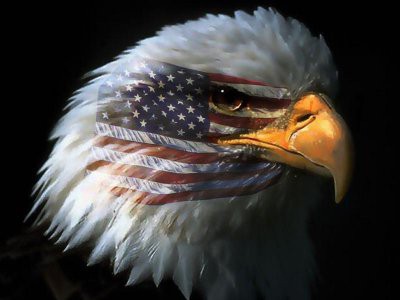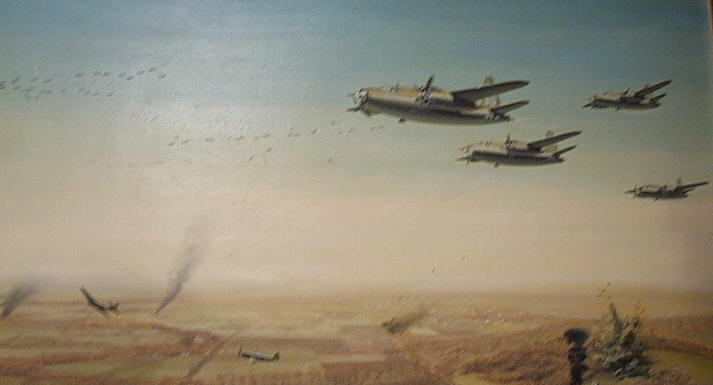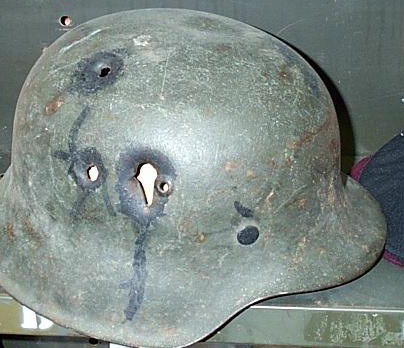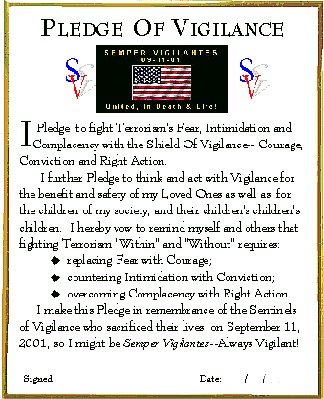 VigilanceVoice
VigilanceVoice

www.VigilanceVoice.com
Friday.. January 18, 2002—Ground
Zero Plus 129
Deadly Force Authorized
by
Cliff McKenzie
Editor, New York City Combat Correspondent News
FORT
HARRISON, Montana--The sign at the entrance of
Fort Harrison barked out the message of extreme vigilance--"Deadly
Force Authorized!"
As we entered
the main gate I looked around for what might be worth
killing visitors over. Fort Harrison is a National
Guard Reserve Center just outside Helena, the capital
of Montana. We were on our way to visit the
innards of a new military museum being built, housing
artifacts from America's different wars and honoring
the veterans of the state of Montana.
"Deadly
Force Authorized!"
I shuddered
a little as we passed through the gate. There
were two guards--young sentinels appearing very boyish.
One checked our I.D. and the other stood with his
M-15 at the ready. I glanced at the magazine
of the automatic rifle--it was empty.
"Deadly Force" without bullets, I thought--perhaps
they were planning on using bayonets if we looked
suspicious enough. I also noticed they
didn't check our shoes, or look in the trunk of the
car. If we were "bad guys,"
our "deadly force" had the advantage.
I don't
want to make light of security on any military installation,
but just a few days earlier we had driven to Great
Falls to Maelstrom Air Force Base, a missile defense
base. There was no "Deadly Force
Authorized" sign as you entered. Instead,
there was an a priori knowledge that if you tried
anything you would be shot period. Signs
weren't needed. You just knew it.
Guys and gals wearing guns always imply deadly force.
 |
In a world full of
political correctness, I thought about the idea of
"Deadly Force Correctness."
To what lengths did we need to go to justify shooting
or killing another in a combat or security situation?
Vietnam
taught me to "shoot first and ask questions later."
There were signs authorizing a "free fire zone."
Anything that appeared threatening was a target.
We gave no warnings. The negotiating tongue
of war was bullets from one side to the other, lashing
out until the blood of one side ran deeper than another.
I
thought of the scene in Band Of Brothers where the
commander of the troops, a soft personality but a
firm leader, was running down an embankment and saw
a young German soldier who was pleading with his eyes
to not be shot. The commander shot him
reflexively--"shoot first, ask questions later."
It haunted him later, but it was a fact of war.
Just as "Deadly Force" is today--existing
without necessity of signage unless the signs are
to remind the sentinels to not hesitate to shoot.
But, without a magazine of bullets, one would have
to think before slamming them into the rifle and chambering
a round. Thinking is always dangerous
in war.
As I followed
my father-in-law and his close friend into the museum--both
veterans of World War II--I was swept back to another
time.
I held
a German infantry helmet in my hands, the side shattered
by a sharp chunk of shrapnel which had killed the
wearer in a battle. The souvenir found its way
to the museum archives.
An Army nurse
who won the Bronze Star for her bravery, had her uniforms
and history prominently on display. There
was a dogsled used by cold weather infantry troops,
and rooms full of medals, uniforms, old weapons used
when the enemy was a clear and visible face rather
than a mysterious shadow.
"Deadly
Force!"
It seemed absurd
that in the 21st Century of combat, we had evolved
to the point where we needed to put up a sign to signal
our intent. In the midst of military history
from World War I through Korea, deadly force was the
underscoring factor of all wars--it didn't need to
be boosted on a sign.
I knew our Terrorist
enemies would never put up a sign before they bombed
or murdered or attacked. Their breath
alone reeked of deadly force--their mere presence
on earth hummed the mortality of some target.
 |
Back in the days of
World War II, there seemed to be a sense of glory,
of pride, of unity that no other war since could rival.
Walking through the museum, I felt the glow from the
Sentinels of Vigilance of those times.
Like the ones from September 11, these Sentinels of
Vigilance had taken the shape of old uniforms, medals,
pictures of long-since departed Medal Of Honor Winners,
nurses, sailors, marines, airmen.
My father-in-law
was an Army engineer, helping plan the Normandy Invasion.
He had donated to the museum his maps of the Invasion.
His friend, Roy Wahl, had been a bombardier/navigator
flying B-25's. His job was to find the enemy
target and drop 1,000-pound bombs on it.
I envied
the glory of those times--if nothing more than the
power of the unity it brought to all Americans and
allies who formed one force and fought the "evil
ones." Ever since the liberation of Europe,
no war has broken out. It was a
salute to the Sentinels of Vigilance of those times.
I hoped
that one day a museum would be erected for the memories
of our current war, and that the feeling of glory
would reek from its archives.
The one
thing I hoped wouldn't be in it, was that sign out
in front of Fort Harrison, the one that was redundant--"Deadly
Force Authorized."

Go to January 17
"The Politics of a Urinal"
©2001
- 2004, VigilanceVoice.com, All rights reserved -
a ((HYYPE))
design
